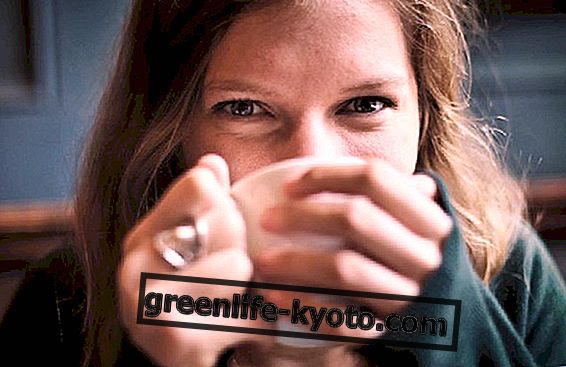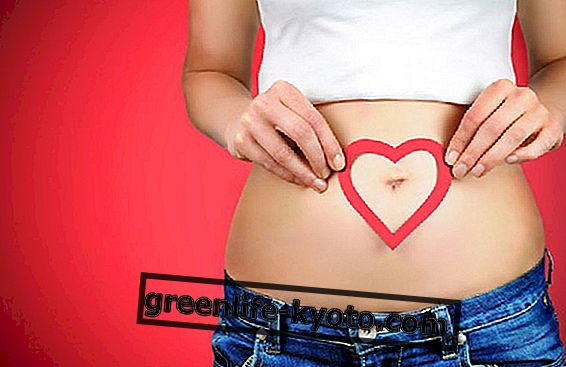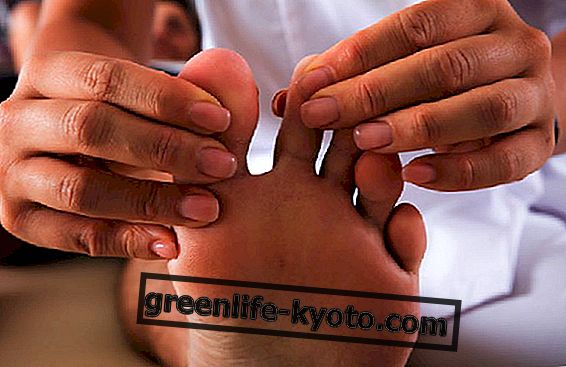
The Reiki treatment is usually, and so it should always be, as far as possible, preceded by a brief interview with the Reiki-therapist, who will be informed in broad terms of why you want to undergo treatment, of your general physical health and of particular cases (for example a pregnancy in progress) or of important illnesses (as for example diabetes), and of your contingent emotional state. This brief interview serves both to put the patient at ease and, above all, to give the therapist some information that can be useful for managing the session. For example, if the patient came to try Reiki just out of curiosity but just in those days he is having pain at any point in the body, the therapist will take due account of it.
After the brief initial interview, you will be asked to lie down, usually on a low mattress or on a classic massage table, remaining completely dressed, and removing only shoes and objects (especially metal) such as glasses, belts, bracelets, earrings, necklaces, which you can put next to you. You will also be advised to remain with your eyes closed during the treatment, not because you do not have to see something, but because the closed eyes promote relaxation and contact with your heart and your inner world.
The Reiki treatment - which in emergency cases can be practiced anywhere (I happened to practice it even when I was doing office work on colleagues who were caught by disorders such as migraine or cervical or other and they needed it immediately, and in this case the treatment is shorter, maximum 10-15 minutes) - when it takes place by appointment in a Reiki center it is practiced in a quiet environment, with soft lighting (usually salt lamps and candles), an incense that burns, perfuming and gently purifying the air, and a relaxing background music. There are CDs designed specifically for Reiki and you can recognize them by repeating themselves every three minutes with the light sound of a bell, which tells the therapist when to move their hands. (In this regard, if you notice the bells and notice that the therapist does not move his hands, do not be surprised: the therapist in fact adapts the treatment to the individual and can therefore decide to dwell more at one point rather than another for the maximum good of the patient).
Once you are lying down and relaxed, the person who will practice the Reiki treatment will stand behind you at your head and will remain for a few seconds in silence with your hands resting on your own heart: defined heart centering, this procedure it is the start of the treatment and allows the therapist to concentrate and the patient to detach himself from the daily to get in touch with his own.
After centering on the heart, the therapist will pass his hands from the head to the feet three times without even touching it: it is the azzaggio of the aura, a very relaxing procedure for the patient, which opens and then closes the treatment and which it allows the most expert therapists to 'scan' the patient to 'feel' what are the points to be treated most, because they are congested with too much energy or otherwise lacking in vital energy.
At the aura stroking follows the actual treatment. If the therapist decides to proceed with a first-level Reiki treatment - the most delicate, which acts more superficially and takes care of the patient's physical body - he will begin to place his hands on your head. If instead you decide to proceed with a second-level Reiki treatment, or a deeper treatment that also acts on the mental-emotional level, the therapist will draw in the air, or directly on your head (depending on the schools of origin) two symbols that convey energy. It is also possible to ask Reiki for help in dealing with particular situations, and in this case the therapist will draw a third symbol, before placing his hands on your head. (As this is a brief overview of how the treatment is carried out in a practical sense, I will not go into the differences between the three types of treatment and the spatial-temporal energy implications implied by the use of the third symbol of the second level Reiki).
During a 'classic' Reiki treatment, the points that are 'touched' (sometimes the hands will not be placed directly on the body, but a few millimeters away from it) are generally the following (in this order): upper part of the skull, eyes, ears, neck, occipital bone, thyroid and throat, heart, stomach, navel (two fingers below), hips, knees, ankles, soles of the feet when you are on your stomach. You will then be asked, in a low voice not to disturb the state of relaxation in which you find yourself, to turn on your stomach, and here we will proceed to treat the following points: cervical, lungs, center of the bust, lower back, coccyx, hips, back of knees, ankles and feet. Depending on the school attended and the individual case before him, the therapist can add or remove some points to be treated or change the course, but (except in the case of diabetics) the treatment will always proceed from the head to the feet and not vice versa.
Sometimes the therapist decides not to opt for a classic treatment and to practice what is called chakra balancing : a treatment that is usually shorter in duration (about 30 minutes compared to about 60 of the classic treatment) that can be performed in more ways than one. I will list the two most practiced: the first is a 'mirror' balancing, so we proceed to balance the upper chakras with the lower ones, placing one hand on the upper skull and the other at the pelvis (chakra 7 with chakra 1 ), one hand on the eyes and the other two fingers below the navel (chakra 6 with chakra 2), one hand on the thyroid and the other on the stomach (chakra 5 with chakra 3, or stomach chakra ), both hands on the heart (chakra 4, the most important). The second method of balancing is intended for the resolution of a particular problem, so the therapist will communicate each chakra with the chakra in which the problem resides. Taking a concrete example: the patient suffers from painful menstruation, the therapist will keep a fixed hand on the chakra 2 (seat of the female internal genitals) and the other hand will instead be moved to the other chakras always starting from the top and then from the seventh, and going down to the first one.
The Reiki treatment, whether it is a balancing treatment or a classic treatment, ends as it began, with the caressing of the aura. At the end of the treatment you will be left on the mattress or bed to rest, and you can get up and go back to reality, very slowly, as soon as you feel it. Some therapists precede the Reiki treatment with the Sho Ten procedure : it is a method (in my opinion very effective) of balancing the yin and the yang in the patient's body. This procedure also further relaxes the patient and prepares him to accept the treatment he is about to receive. Whatever, among those listed above, the type of Reiki treatment you have undergone, you will wake up refreshed, sometimes full of energy, sometimes so relaxed that you feel like sleeping a little.
The therapist will advise you to go to the bathroom to pee to eliminate the waste (the Reiki treatment also has a detoxifying function), to drink a nice glass of water, and to spend, as much as possible, the rest of the day in the most quiet as possible in order to maximize the feeling of peace and contact with your deeper self that the Reiki treatment has transmitted to you.
Cagliari, 14 May 2012
Barbara De Filippis, I and II level Reiki operator













